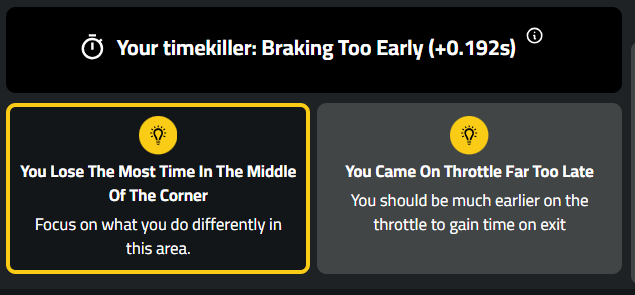How Tyre Pressures Affect the Handling of a Race Car in Racing Games
Racing games have come a long way since their inception, offering drivers a realistic and immersive experience that mimics the high-speed world of motorsports. While many factors contribute to the authenticity of these games, one often overlooked aspect is the role of tyre pressures in affecting the handling of a race car.
Understanding the impact of tyre pressures in racing games is not only crucial for achieving success on tracks but also for appreciating the nuances of real-world racing.
The Basics of Tyre Pressures
Before delving into the significance of tyre pressures in racing games, it's essential to grasp the fundamentals. Tyre pressure refers to the amount of air inside the tires and is typically measured in pounds per square inch (PSI) or bars. In racing games, drivers often have the ability to adjust tyre pressures to fine-tune the car's handling characteristics. This adjustment can be a game-changer when it comes to achieving the best performance on the track.
Grip and Traction
One of the primary ways tyre pressures affect a race car's handling in racing games is by influencing grip and traction. When tyre pressures are too low, the tires may deform excessively, reducing the contact patch between the tire and the road. This results in decreased grip and reduced traction, making the car more prone to sliding and losing control during turns. Conversely, overinflated tires can lead to a smaller contact patch, reducing grip and making it harder to maintain control.
drivers must find the right balance between low and high tyre pressures to optimise grip and traction. Adjusting the tyre pressures can help the car maintain better grip through corners, allowing for faster lap times and better control.
Stability and Handling
The handling of a race car in racing games is greatly influenced by tyre pressures. Properly adjusted tyre pressures contribute to a more stable and predictable driving experience. When tyre pressures are too low, the car may feel sluggish and unresponsive, while overinflated tires can make the car feel twitchy and prone to oversteer.
By finding the right tyre pressures, drivers can fine-tune their race cars to have the ideal balance between stability and responsiveness. This enables them to take on challenging tracks and opponents with confidence, knowing that their car will respond predictably to their inputs.
Temperature Sensitivity
In many racing games, tyre temperatures are modelled, and tyre pressures play a crucial role in managing these temperatures. Properly adjusted tyre pressures can help maintain the optimal operating temperature for the tires. Overheated tires can result in reduced grip and increased wear, while excessively cold tires may not provide enough grip.
By monitoring and adjusting tyre pressures to manage temperature, drivers can ensure that their tires stay within the ideal range for maximum performance. This level of detail adds depth to the gameplay and allows drivers to strategise and adapt to changing track conditions.
Tire Wear and Longevity
Tyre pressures also have a significant impact on tire wear and longevity in racing games. Running with incorrect pressures can lead to uneven wear patterns, reducing the overall lifespan of the tires. This can be particularly important in endurance races where tire management is critical.
In racing games, the handling of a race car is a complex interplay of various factors, and tyre pressures are a crucial component of this equation. Understanding how tyre pressures affect grip, stability, temperature, and tire wear can give drivers a competitive edge on the track. By mastering the art of tire pressure adjustments, drivers can fine-tune their race cars to achieve optimal performance and a more immersive racing experience. Ultimately, the meticulous attention to detail in racing games, including tyre pressures, highlights the dedication to realism that makes these games so enjoyable for motorsport enthusiasts.


.png)























